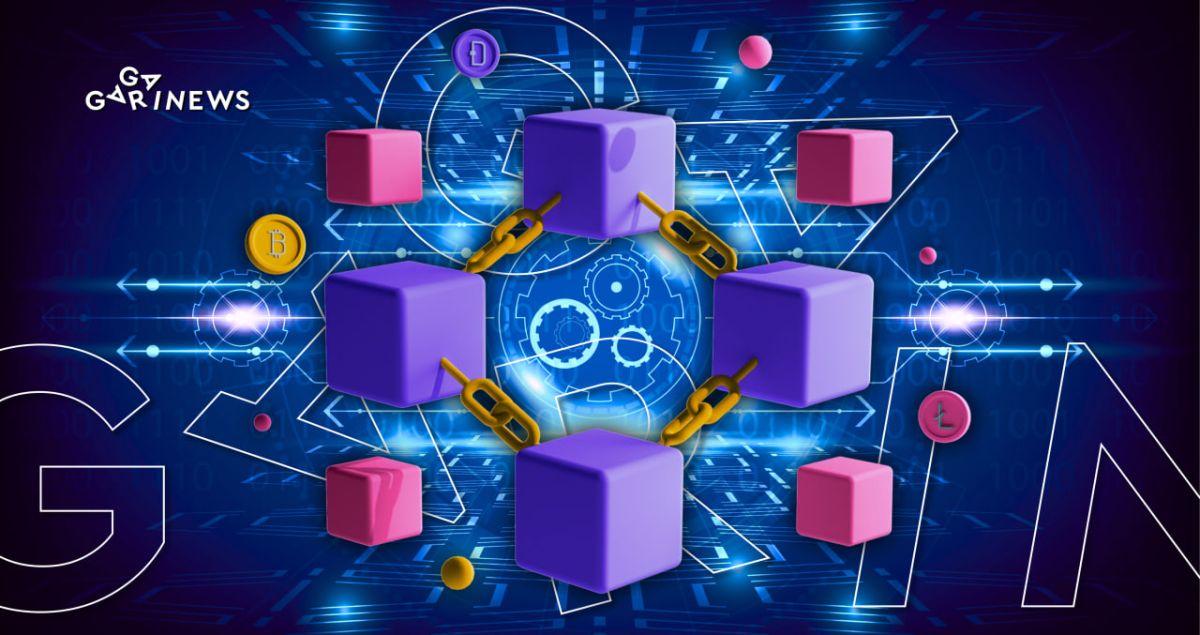What is the Blockchain Trilemma?

The Blockchain Trilemma is a technical paradox in cryptocurrency networks that arises from the theoretical impossibility of maintaining three main properties simultaneously: decentralization, scalability, and security.
Statistically, it is difficult for a blockchain to correspond to all three factors without sacrificing any of them. This term was first introduced by Ethereum founder Vitalik Buterin.
Through examples, we will demonstrate how one property displaces the other and whether it is possible to solve the blockchain trilemma in a realistic manner.
Decentralization
This property characterizes the branching of the blockchain and the absence of control over the network by third parties. Bitcoin can be used as an example, whose algorithm assumes that miners are equal to each other, and there is no hierarchy in the network. Even if half of the planet suddenly stops mining, the BTC blockchain will not stop because other miners will continue their work.
Therefore, decentralization is best provided by the Proof-of-Work (PoW) consensus algorithm. Proof-of-Stake implies the concentration of coins in the hands of a narrow circle of validators (sometimes their number does not exceed 20), which can concentrate control in one set of hands. But due to the scattering of network participants in the mining process, scalability suffers greatly since the blockchain cannot quickly process a large number of transactions.
Scalability
The ability of the blockchain to scale and increase TPS (transactions per second). Scalability allows for an increase in the speed of data processing when transactions are added and signed very quickly.
To increase security and decentralization, the processing of blocks must be distributed among a larger number of nodes and validators, which takes more time and resources. This slows down the network and reduces its scalability. The Delegated Proof-of-Stake (DPoS) consensus algorithm can process transfers quickly, but due to the concentration of coins in a few hands, the level of security and decentralization decreases.
Security
This property of a blockchain network refers to its ability to withstand external or internal attacks. Centralized blockchains are the most secure because such a system is effectively closed off from external influences. However, the problem of decentralization is not solved.
Proof-of-Work also provides effective network security while many participants independently verify and sign transactions. The scalability of such a blockchain is inversely proportional to its level of security, as the more nodes that confirm transactions, the longer it takes to process transactions.
Solution to the Blockchain Trilemma
It turns out that creating an ideal blockchain that balances all three properties equally is practically impossible. There are, however, more methods that increase one factor without harming the other two every year:
● Transition to a new consensus algorithm. This method most often involves speeding up network operations. As an example, consider Ethereum's transition to PoS, but now there are also hybrid algorithms (LPoS, DPoS, dBFT) that attempt to solve the trilemma;
● Sharding. This method involves dividing the network into several chains that simultaneously process different transactions. This method increases scalability without compromising security and decentralization. Each shard has its own registry, blocks, and validators. Sharding is implemented in a number of blockchains, including Zilliqa, Near, and Cardano;
● Layer 2. To increase performance, some networks offload some of the load to the second level, which is essentially a separate blockchain with its own ecosystem. For example, Layer 2 on the Ethereum blockchain includes Polygon, Optimism, or Arbitrum. This solution relieves the main network (Layer 1).
Additionally, new programming languages, cross-chains, side-chains, and various technologies that provide decentralization, security, and scalability at the highest level may also offer a way out of the blockchain trilemma.
The content on The Coinomist is for informational purposes only and should not be interpreted as financial advice. While we strive to provide accurate and up-to-date information, we do not guarantee the accuracy, completeness, or reliability of any content. Neither we accept liability for any errors or omissions in the information provided or for any financial losses incurred as a result of relying on this information. Actions based on this content are at your own risk. Always do your own research and consult a professional. See our Terms, Privacy Policy, and Disclaimers for more details.

























